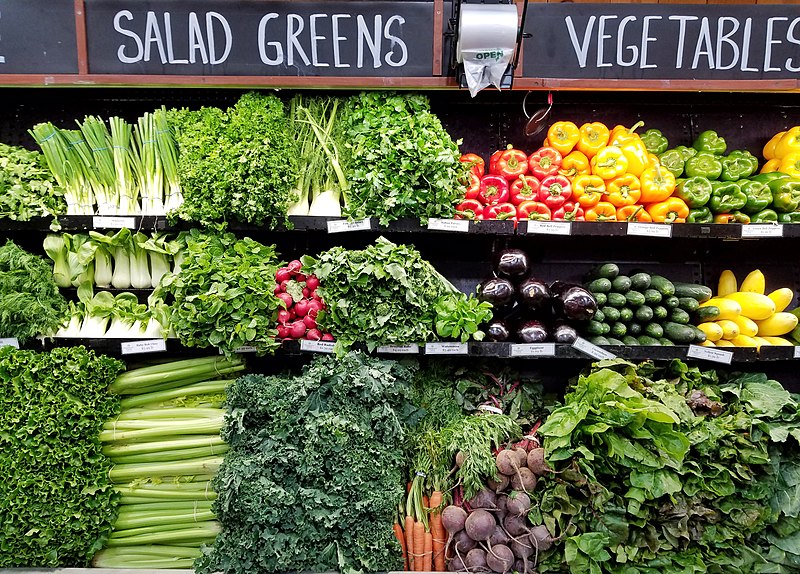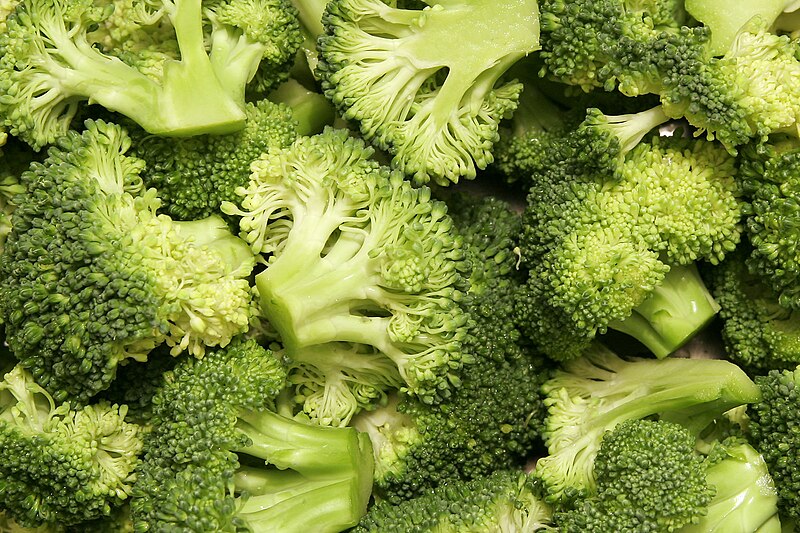
Last year I had a blood test and discovered I was anaemic. Anaemia is a condition where the body doesn’t have enough haemoglobin for red blood cells, resulting in tiredness, weakness, and fatigue. I’m not a medical professional, but I was keen to fix this by eating more iron-rich foods instead of taking iron tablets. I was fortunate that I was able to increase my iron levels by my next blood test.
Of course, if a doctor recommends you take iron tablets you should – especially if you’re pregnant!
I choose to eat a meat-free diet, so increasing my iron level naturally required some research. The NHS recommends at least 8.7mg of iron for all adults, increasing to 14.8mg for most women aged 19-49. However, beware of consuming over 20mg of iron as this can cause side-effects.
Increase Your Vitamin C

Vitamin C is proven to improve absorption of iron, so increasing vitamin C-rich foods in your diet is a great way to boost your efforts! The NHS recommends adults need 40mg of vitamin C a day.
Foods high in vitamin C include:
Blackcurrants
Yellow, Red and Orange Peppers
Kale
Broccoli
Brussels Sprouts
Strawberries
Papayas
Oranges and lemons
Fortified foods including some cereals.
Reduce Your Caffeine Intake

Having caffeinated beverages within 1 hour of eating iron rich foods can reduce the absorption by 70-80%, so best to avoid them one hour each side of eating.
Dark Leafy Greens

Veggies like Spinach (2.7mg per 100g) are a great way to boost your iron levels, as they also contain Vitamin C. Similarly, Kale has 1.9mg/100g, Brussels sprouts contain 1.4mg/100g, and Rocket has 1.5mg/100g. Make sure your meals contain a delicious leafy green veg!
Cruciferous Veg

Dark leafy greens are all considered Cruciferous vegetables, so we’ll be focussing on the ones where you don’t tend to eat the leaves! Broccoli has 0.7mg/100g, Cauliflower stands at 0.4mg/100g. Whilst they might not be as high in iron as the dark leafy greens, it’s definitely easier to eat 100g of broccoli than spinach!
Beans and Legumes

Pulses and beans are brilliant sources of iron for vegetarians. Cooked Lentils contain 3.3mg per 100g, Kidney Beans are 2.9mg/100g and Chickpeas at 6.2mg/100g. A perfect iron-rich meal would be a three-bean chilli with peppers and tomato sauce for added Vitamin C.
Nuts are also a great source of Iron, with the leader being the Cashew at 6mg/100g, Peanuts at 4.6mg/100g, Almonds standing at 3.7mg, and Pecans and Walnuts coming in at 2.7mg/100g.
Soya Products

As we’ve established, beans are high in iron – and Edamame (soya beans) are no exception! You can get 2.3mg from 100g of cooked edamame beans, 5.4mg from Tofu, and even 0.3mg from 100ml of unfortified soya milk. A fantastic meal to add to your iron boosting repertoire would be a tofu stir fry with delicious leafy greens, broccoli, and peppers for a Vitamin C boost. You could always add edamame for a double soya hit!
Grains and Seeds

Adding a sprinkling of seeds to your salads, granola, vegetable sides, and stir fries can add a little more iron. Sesame Seeds are the highest at 14.6mg/100g, then Flax Seeds at 5.6mg/100g, and Pumpkin Seeds at 3.3mg/100g.
Whole grains are a perfect source, with Oats containing 4.7mg/100g, Quinoa at 1.5mg/100g, Millet is 3mg/100g, and Wheat 3.9mg/100g – even Wholemeal Pasta contains 1.7g/100g!
That means a bowl of porridge, made with soya milk, and sprinkling of nuts or seeds and blackcurrants can be a supercharged iron-boosting meal with a source of vitamin C!
Dark Chocolate

Fantastic news! Dark Chocolate with at least 50% cocoa solids is a source of iron! For a 70-85% coca chocolate, you’re looking at around 12mg/100g! It’s definitely worth having a square or two of an evening, and if you drizzle it over strawberries you’ll get some vitamin C to boost it as well as a delicious treat!
